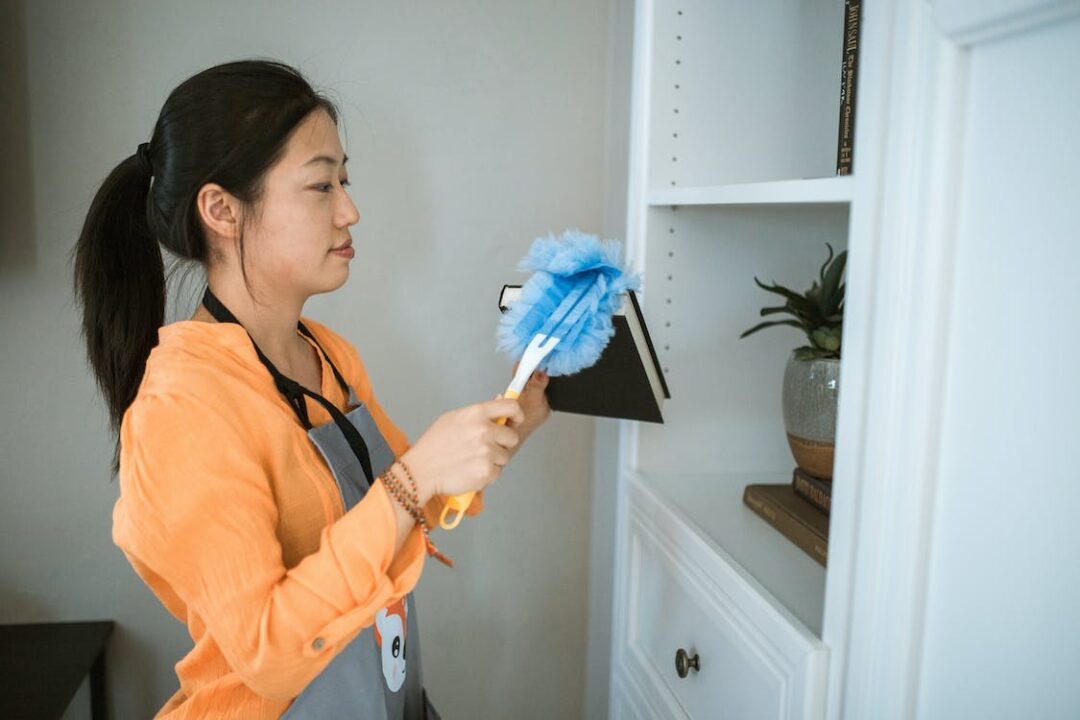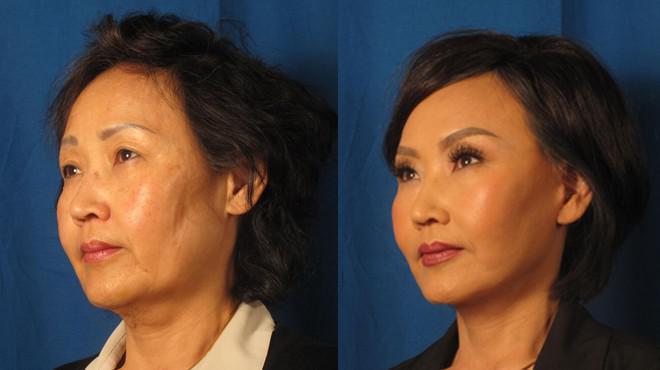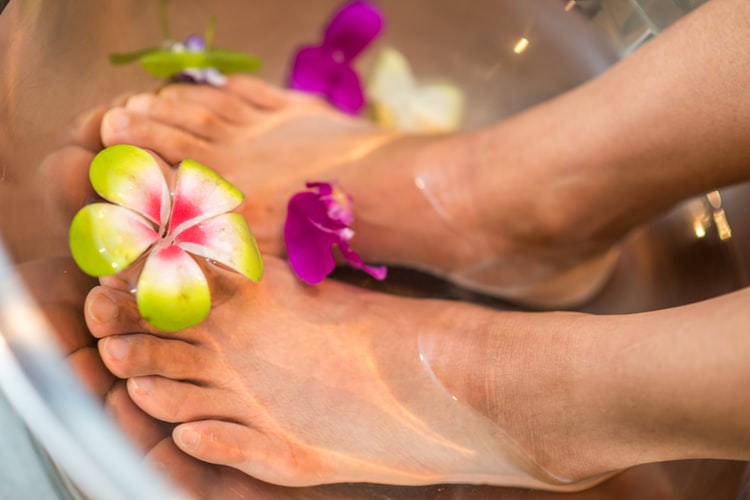Dust allergy is one of the most common types of allergic rhinitis, which is triggered by dust. This is definitely not fun to have, because you may get several symptoms such as sneezing, runny or itchy nose, red eyes, coughing, difficulty sleeping, and wheezing, and it can even make it difficult for you to breathe!
Dust allergy triggers are related to components found in dust, such as dust mites, cockroaches, mold, pollen, or pet dander. If someone with allergies comes into contact with these allergens, the symptoms that we have mentioned can occur in full force and even result in a very dangerous situation.
The best way to prevent dust allergies is to avoid contact with the allergens. Thus why living in a clean and free of dust-space is the ultimate way that you can do to ensure you have minimized contact with allergens. Keep on reading to know what you can do to protect yourself or your loved one who suffers from dust allergy!
Clean the House Regularly with a Damp Cloth or Vacuum Cleaner
Cleaning the house regularly is important to prevent dust from accumulating. You should use a damp cloth or vacuum cleaner to clean the house and furniture. Avoid using dry cleaning tools, such as a broom or dry cloth, because it does not clean the house effectively but rather just makes the dust fly away anywhere.
It is better if you can use a vacuum cleaner with a double microfilter bag or a high-efficiency particulate absorbing (HEPA) filter to help reduce house dust emissions. This is much more effective to clean dust mites, rather than regular vacuum cleaners.
Wash Your Sheets Regularly
Dust mites are often found in pillows, mattresses, carpets, and other places that are damp and warm. Therefore, it is important to keep the room clean including your sleeping equipment.
You should wash sheets, pillowcases, blankets, and other bedding in hot water. If this is not possible, use a clothes dryer for at least 15 minutes. This method is effective to kill bacterial mites and get rid of allergens.
Use Mite-Proof Sheets
Dust mites thrive in warm, damp places, including pillows and mattresses. For this reason, you may need to buy mite-resistant sheets and pillowcases to prevent dust mites from breeding. Mite-proof sheets are made of tightly packed fibers, preventing mites from getting into the pillow or mattress and breeding.
Keep Humidity Low
Dust mites live and breed in warm places with temperatures around 20° Celsius, with humidity of 75%. However, dust mites will die if the humidity is less than 50%. Therefore, keeping humidity low helps reduce the number of dust mites in your home.
To keep the air humidity low, you need a dehumidifier. This is a tool that converts air humidity into water droplets, so the air produced is cooler and drier. A dehumidifier can reduce air humidity, so it is very useful for controlling the growth of dust mites and mold. It can also help to eliminate animals such as moths, cockroaches, and spiders.
Avoid Using Items That Can Be A Breeding Ground For Dust Mites
As previously explained, dust mites easily breed in warm and damp places. Carpet is one of the most useful home appliances additional items, it can make your house look warmer and more inviting.
However, this can also be the ultimate place of breeding ground for dust mites Therefore if you or your family member have a dust allergy, it is better to avoid using carpet for your house flooring area. Instead, use wood, tile, linoleum, or vinyl flooring whenever possible.
Also, consider replacing items you are concerned about as dust-gathering places such as upholstered furniture, curtains that are difficult to wash, or horizontal blinds. If it is still in use, be sure to clean it regularly.
Get Rid of Unnecessary Items
Getting rid of unnecessary items such as a table or wall hangings, toys, magazines, or books you don’t use can minimize the accumulation of dust in your home. With less dust buildup, this will minimize the possibility of a dust allergy recurrence.
Be Careful When Cleaning the House
When cleaning the house, you should wear a mask so you don’t inhale the dust. If you notice that the dust build-up is too much, you will need to clean the room before the allergy hits, or contact a specialist to help you clear the dust away from the room, and alleviate your allergies.
Hiring a part time maid to do the work will lessen the stress of doing household chores, and keep you home clean as professional cleaners know exactly how to make your home spotless! They will be able to clean your house effectively and efficiently, making sure that you will have a spotless and free of dust house.
Keep in mind that you need to consult a doctor if you experience worsening allergy symptoms. When this happens, merely cleaning and keeping your house free of dust won’t be effective! You will need professional help to manage your symptoms.





